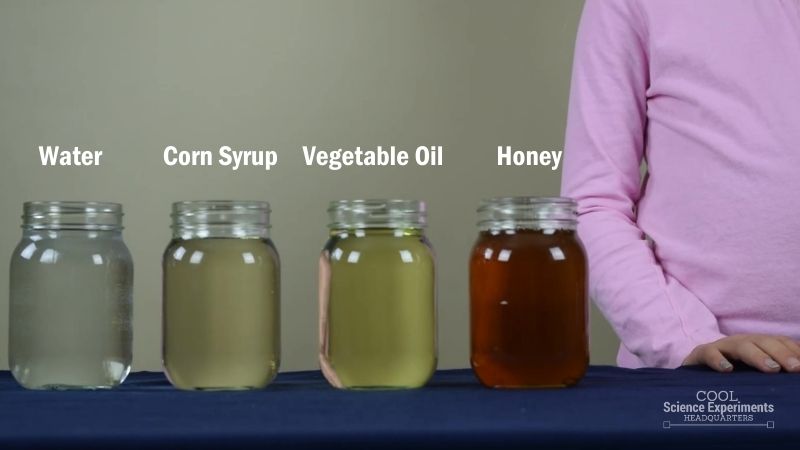

An additional factor that’s important to consider when beginning the mixing or dispersing process is a substance’s Reynolds number. So, the higher the viscosity, the less turbulent the flow. Low viscosity mixes have a higher turbulence and extended flow. Understanding the flow of the different liquids you’re working with is essential to successful mixing and dispersion, and there are three types of flow that can be achieved: laminar flow, transitional flow, and turbulent flow. Understanding the “flow” of your materials and the mixing and dispersing processes During the dispersion process, a machine breaks down particles (deagglomeration), to create a uniform mixture in a process called “wetting.” If these particles stayed grouped together, their total surface area wouldn’t be able to combine with a liquid solution. While mixing is flow-driven, dispersion is a shear-driven process. a method to cause separate ingredients otherwise independent from one another to interface as a result of an external force. However, mixing employs a “flow-driven” process through which two or more liquids are combined, and an additional soluble solid can be dissolved. Mixing is very similar to dispersion, since they both involve the blending of materials together. These ingredients are usually fed into a rotating impeller through its trailing edge. Whether you’re mixing high viscosity substances, low viscosity liquids, or a combination of the two, mixing involves the systematic creation of a single material by intermingling two or more different individual ingredients or particles. A liquid with a high internal resistance to flow (like honey) has a high viscosity, while a liquid with a low internal resistance to flow (like room temperature water) is classified as a low viscosity fluid. How can we tell the difference between high viscosity and low viscosity liquids? A material’s viscosity is a measure of its resistance to flow. Start with the basics: high viscosity liquids vs. However, before you get started, here are a few key points to keep in mind. The good news? Hockmeyer’s line of mixing and dispersing equipment has a well-deserved reputation for excellent performance and reliability thanks to our decades of experience in the industry, and our machines will help you to get the job done. This goal is typically easily achieved in low viscosity materials, but when combining these substances with highly viscous materials, or mixing high viscosity fluids on their own, it can be a challenge to reach your desired level of uniformity. When you’re blending liquids of both high and low viscosities, your desired end result is usually a uniform, well-blended mixture. Industry Information Key Points to Know When Mixing and Dispersing High and Low Viscosity Fluids


 0 kommentar(er)
0 kommentar(er)
